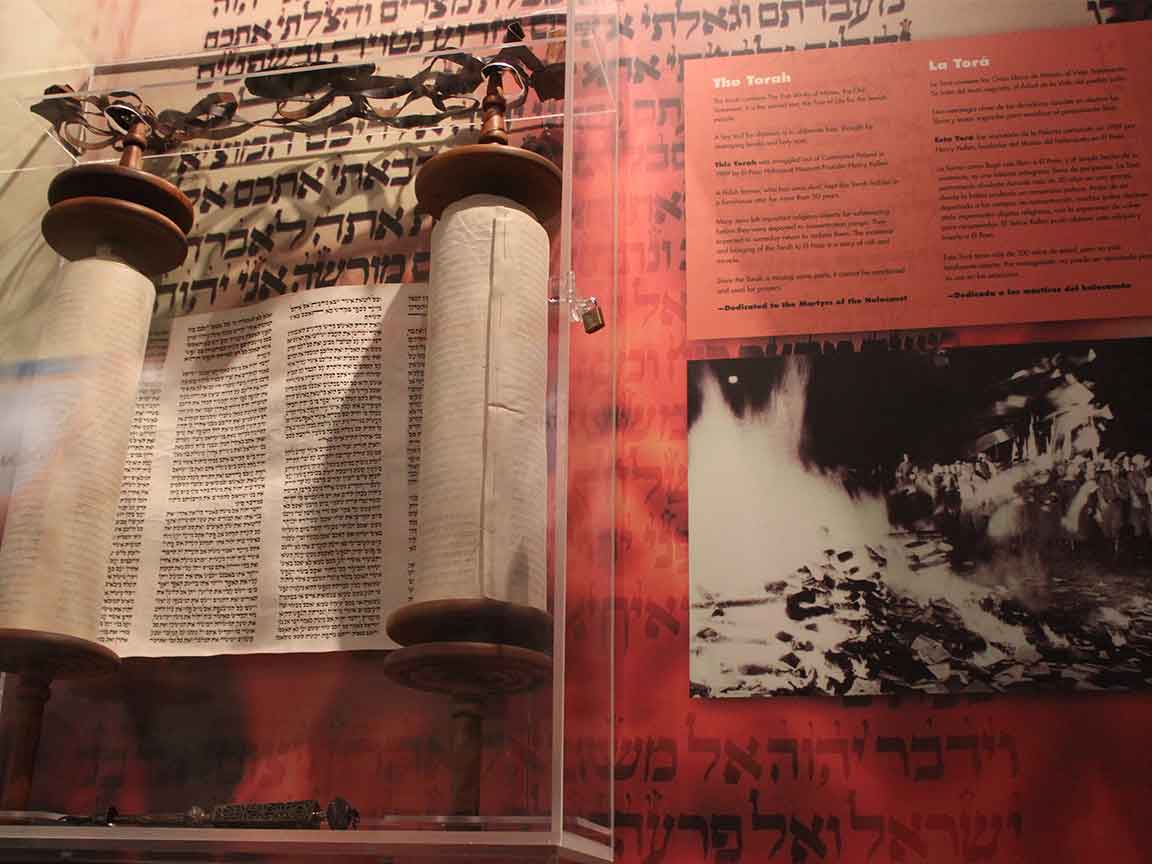

These pillars are also meant to symbolize the crematoria smokestacks. Each one honors the 6 million Jews who were murdered in the Holocaust. A small Garden of the Righteous pays homage to non-Jews who risked their lives to save others.įinally, the Martyr's Memorial monument, which was built in the early 1990s, consists of six 18-foot-high (5.5 m) triangular, black granite pillars. There are 1.2 million holes of various sizes in the walls of the Children's Memorial, and visitors can write messages to the children. The Children's Memorial is an outdoor reflective space where the approximately 1.5 million children who were murdered in the Holocaust are remembered. The museum features a collection of primary sources, and Holocaust Museum LA holds one of the largest collections in the United States of artifacts from the Holocaust period. The galleries are organized chronologically and cover Jewish life before the Holocaust, as well as key historical events between 19.

The museum is divided into three spaces: the internal museum space, the Goldrich Family Foundation Children's Memorial, and the outdoor Martyrs Memorial.Īs visitors move through the internal museum the light and space change, mirroring the change of time through history. The juxtaposition of the physical building and the surrounding park is a key component in the architectural design of the building. Schoenberg's story of litigating the return of the Klimt painting, Adele Bloch-Bauer I, from Austria was featured in the film Woman in Gold. In 2010, the President of the Museum Board, Randy Schoenberg, led the museum to move into its permanent home, designed by renowned architect Hagy Belzberg. The “Art & Memory” creative educational programs annually connect survivors with teens, who learn about their own heritage, retell the survivors’ stories, and share their reflections through different art mediums such as film, theatre and photography. The museum uses personal narratives, artifact-rich exhibits, and technology to provide access to this history. In cooperation with teachers, museum staff customize each tour to fit the age level, prior knowledge, background and interests of the students. Student education: Museum tours are designed to conform to the California State's curriculum, legislation, and academic standards regarding Holocaust education. In 2020, the museum launched "Building Bridges," a cross-cultural discussion series that brings together leaders from diverse communities for conversations about working toward common social justice goals. The museum offers public events, in-person and online, including conversations with Holocaust survivors, lectures, film screenings and concerts. Staff and docents also offer guided tours throughout the week. Visitors can explore the museum independently and take a self-guided tour using the museum's free audio guide. Public programs: Museum admission is free for all students and California residents.

Since then, it has had over 500,000 visitors. Holocaust Museum LA opened its permanent subterranean building in Pan Pacific Park in October, 2010. They all had primary sources, such as photographs, artifacts, documents, and memories, and they decided that these objects needed a permanent home – a sanctuary for documentation, commemoration, preservation, and education. They began meeting to discuss their personal experiences, and the importance of commemorating their lost relatives and friends and educating future generations. In 1961, a group of Holocaust survivors in an English as a second language class at Hollywood High School met and realized their deep connection and drive to steward the past. Holocaust Museum LA is the oldest museum founded by Holocaust survivors in the United States.


 0 kommentar(er)
0 kommentar(er)
